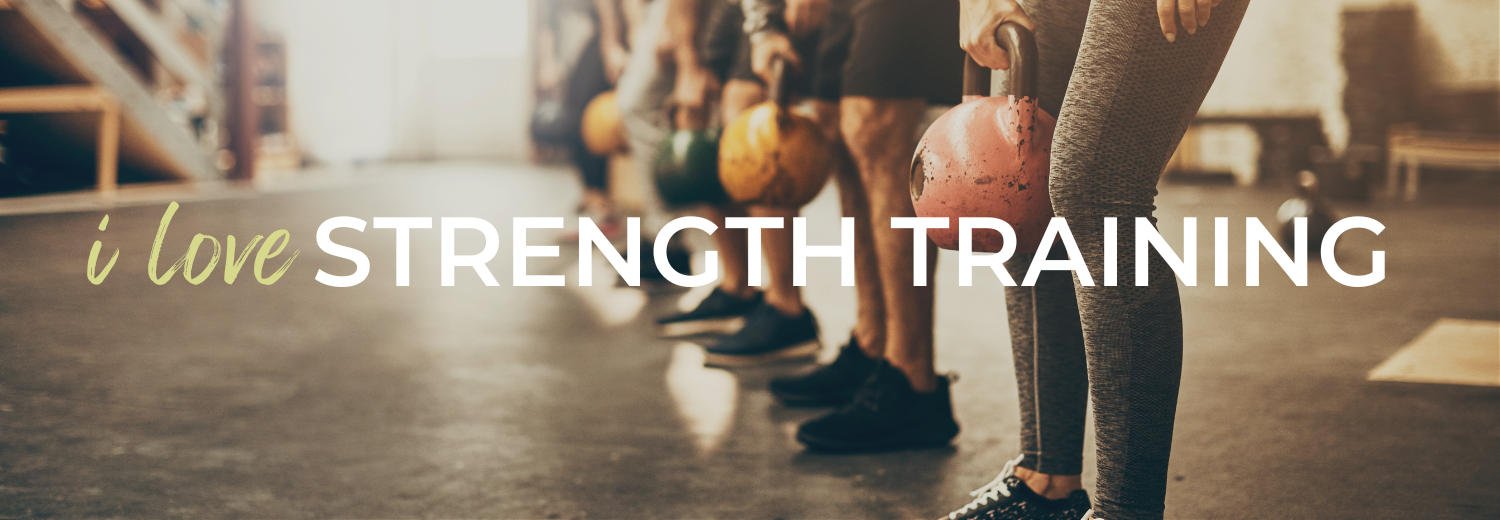When it comes to exercise, you’ve hit your stride. Not only do you have a routine you love, you’re also a pro at goal setting. Then—out of nowhere—you hit a plateau. Why are you so sore? Why can't you lift as much as last month?
Plateaus are a normal part of exercise that happen for several reasons. One of the best ways to offset a plateau is with nutrition. Eating the right foods at the right time offers a huge advantage for all types of activity—from morning walks to HIIT training. Rachel Blumel PA-C works in our Metabolic Health, Performance, & Weight Management specialty. Here’s her advice on how to fuel better workouts and results.

Does scaling a mountain light you up? How about squeezing in one more marathon this year? If you primarily do endurance exercise for over an hour per day, here are some ways to optimize your training with food.
Endurance Exercise Includes:
Distance running, cycling, rowing, dancing, stair climbing/incline hikes
How to Fuel Endurance Exercise
BEFORE: You need carbs! Endurance exercise depletes glycogen in the body faster than other types of activity. One to two hours prior to exercise, fuel your body with a small meal of complex carbohydrates such as oats, a fruit and veggie smoothie, or a whole grain bagel.
DURING: If you’re training longer than an hour, it’s beneficial to bring along an extra carb snack to prevent glycogen depletion. “I like to have a few bites every 45 minutes I’m training,” says Rachel. Some excellent options are a banana, apple, or a gel pack.
Electrolytes are also critical for endurance training. “We need to replenish the minerals lost through sweat and water doesn’t always cut it,” says Rachel. She recommends supplementing with an electrolyte powder, tablets, or droplets which can all be added to your water bottle.
AFTER: Our muscles need to repair after endurance exercise, so reach for 20-30 grams of protein as soon as you can. It’s common to not feel hungry immediately after exercise, but it’s still important to intake protein 30 minutes to 1 hour afterward. Rachel’s favorite post-workout sources are protein shakes, protein bars, or beef jerky.

Lifting more than you could last month is so addicting (and beneficial as you age!) If your primary goals are adding muscle or increasing strength, here’s how good nutrition will get you there.
Strength Training Workouts Include:
Weightlifting (free weights or machines), bodyweight resistance training
What to Eat to Fuel Strength Training Workouts
BEFORE: “Carbs are still a good idea, but you don’t need as many and you can eat them right before exercise,” says Rachel. Glycogen is still depleted during exercise, but you’re not ramping up your heart rate as quickly. A quick carb snack will fuel a quality workout.
DURING: Most strength trainers don’t need more than some electrolytes in water. “Strength training takes less time; your heartrate isn’t elevated as high for long periods, so focusing on proper hydration is sufficient for most people,” says Rachel.
AFTER: This is where protein becomes very important. The goal of strength training is to put wear-and-tear on your muscles, so you need to supply protein afterward to repair that damage. Shoot for 20-30 grams of protein right after a weightlifting workout, even if you’re not hungry. “Protein shakes are a fantastic way to get digestible protein quickly,” Rachel adds.

Steady-state exercise can still reap the benefits of nutrition timing. However, it’s not as vital since your heartrate remains steadier and you’re not depleting your energy stores as fast.
Steady State Workouts Include:
Walking, gentle yoga, stretching, non-incline hikes, and everyday activities
What to Eat to Fuel Steady State Exercise
BEFORE: You are safe to perform steady state exercise fasted as long as you’re consuming enough calories during the day. Full or fasted: do what feels comfortable.
DURING: Water is usually a sufficient source of hydration during steady-state exercise. Electrolytes are optional but a low-sugar sports drink is helpful if you’re out in the sun.
AFTER: Protein remains important for steady-state workouts, but it’s not as vital afterward. For everyday activities like walking or playing with the kids, the most important thing is a healthy overall diet consisting of complex carbohydrates, healthy fat, protein, and good hydration.

Different foods give us the energy we need to challenge ourselves. Here are the three macronutrients and the purpose(s) they serve during exercise.
Carbohydrates are the fuel, giving us quick energy. Excellent carb sources are whole grains, fruit, and starchy vegetables.
Protein is what helps our muscles work well during a workout and recover afterward. Quick ways to get protein are through shakes, bars, beef jerky, and Greek yogurt.
Fat fuels the body for longer workouts. Healthy fats come from nuts, high quality oils, and animal sources.
---
Rachel Blumel is a Physician Assistant specializing in weight management, lifestyle medicine, and exercise nutrition. She is a former collegiate distance runner and enjoys all aspects of optimizing health and performance. Rachel is accepting new patients in Layton and Ogden, Utah. Schedule a visit here.




.4).2511050842400.png)
.jpg.2511241144379.webp)